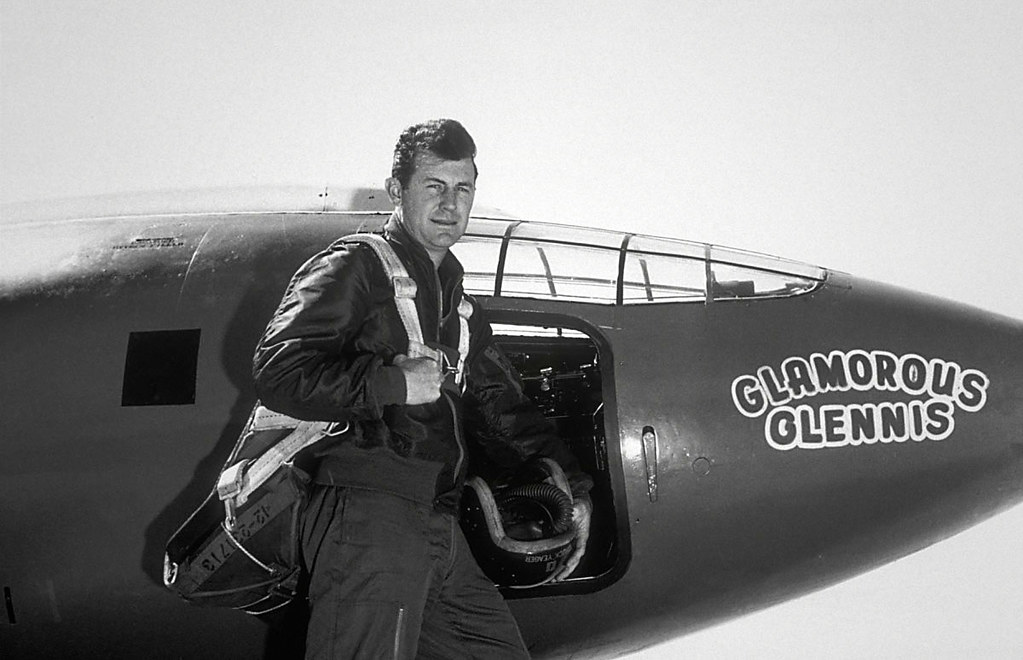| SHOTGUN. NASA's on a speculative supersonic spin... (Image courtesy NASA.gov.) |
Since the end of the Concorde supersonic jet era, humans have wondered what the next speedy means of swooping around the world would be. Now, according to The Guardian, NASA has come to the rescue by facing a challenge: create a "low boom" passenger plane that can travel at supersonic speeds while only emitting a "heartbeat" of supersonic sound (as opposed to the usual sonic BOOM that comes from smashing past the speed of sound at over 1,116 feet per second.)
The plane, currently known as the QueSST (short for "Quiet Supersonic Technology"), is being developed by a research team of Lockheed Martin Aerospace engineers who were hand-selected by NASA for the task. Part of NASA's Commerical Supersonic Technology Project, the plane's plans will cost around $20 million for the first 17 months of design.
| Quick, quiet, and consummately cool: this possible supersonic plane design includes it all. (Image courtesy livescience.com.) |
A spokesperson from the space agency explained, "The company {Lockheed Martin} will develop baseline aircraft requirements and a preliminary aircraft design, with specifications, and provide supporting documentation for concept formulation and planning...This documentation would be used to prepare for the detailed design, building and testing of the QueSST jet. Performance of this preliminary design also must undergo analytical and wind tunnel validation.”
All this could add up to a whole new means of taking to the skies. According to CNN, NASA director Charles Bolden stated the new initiative will help to make "flight greener, safer and quieter -- all while developing aircraft that travel faster, and building an aviation system that operates more efficiently."
If successful, the flight tests of the new "X-plane" could begin by 2020. A series of such aircraft are planned and budgeted in NASA's New Aviation Horizons initiative. And not a moment too soon! With Chuck Yeager popping the sound barrier's cherry some seventy years ago in the Bell X-1, and the Concorde program retiring over a decade ago, it's high time for us to travel faster than the sound of naysayers.
 |
| If you don't understand how awesome Chuck Yeager is, please learn. Also, he's still very much alive, and even rode in the backseat of an F-15 Eagle to celebrate the 65th anniversary of his legendary supersonic flight - by replicating it. That was in 2012, and Yeager was 89 at the time. (Image courtesy flickr.com.) |
Lockheed doesn't have the only prospective bird in the supersonic sky. In addition to their QueSST plane, other aerospace companies interested in supersonic stardom include Aerion's AS-2 business jet, and Spike Aerospace's S-512 luxury jet (which will travel at Mach 1.6, and will be equipped with screens where you can view what's going on outside...or a movie, if you hate heights.)
The Aeronautics section of NASA's website has more information on their initiative. They say time flies...it just happens to fly faster in a supersonic jet. Hopefully, one or more of these designs will help propel us into the future even faster than we imagined.
| Up, up, and away! It's still just a concept, but a very cool one. (Image courtesy engadget.com.) |

No comments:
Post a Comment